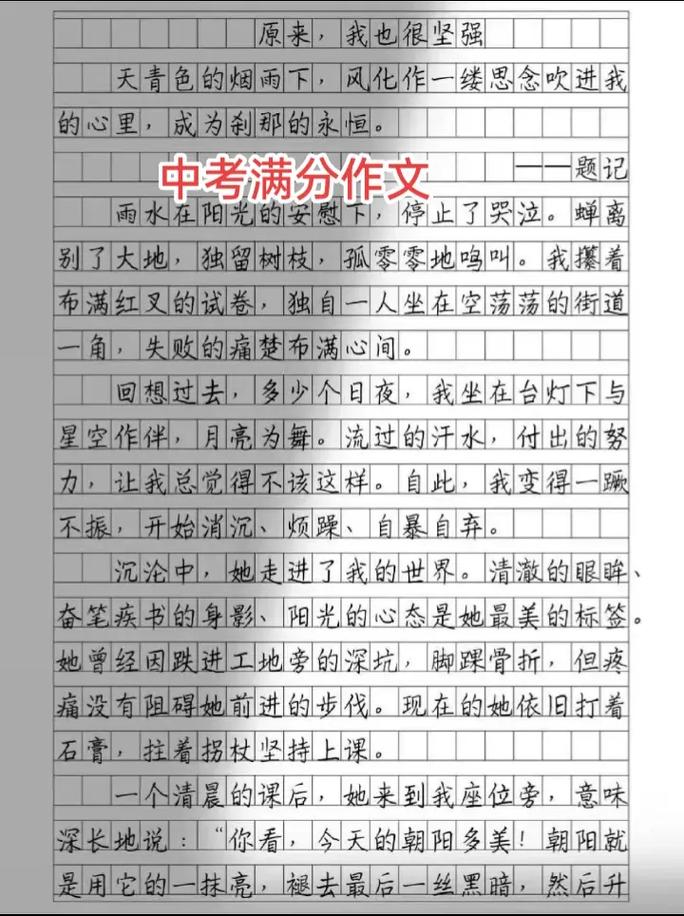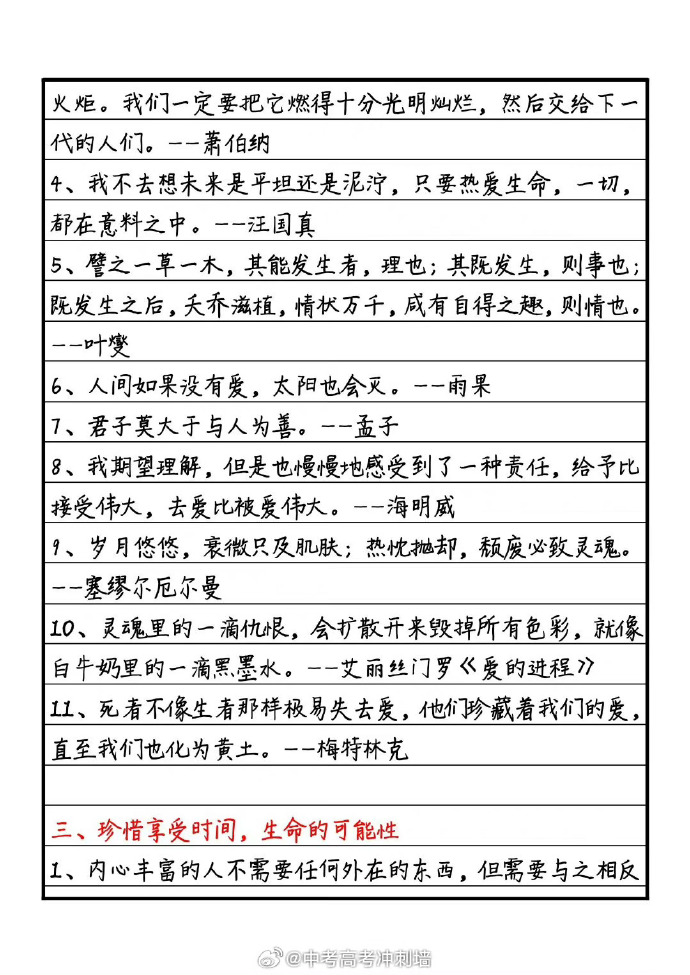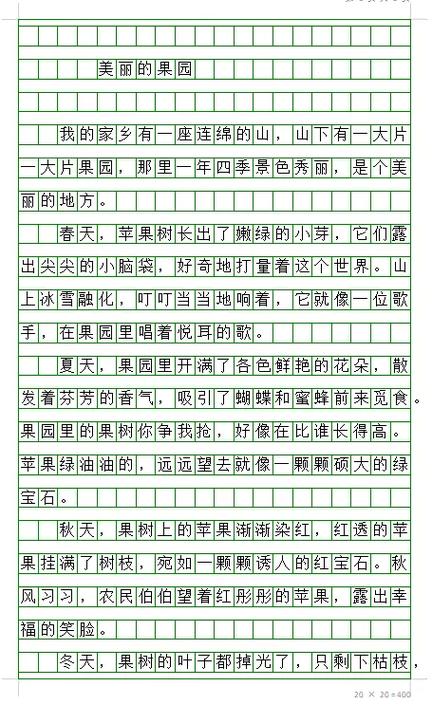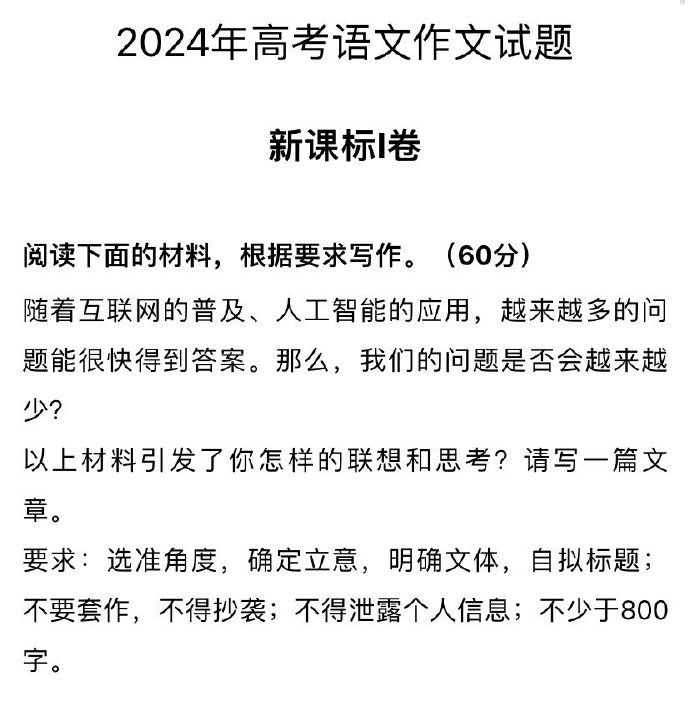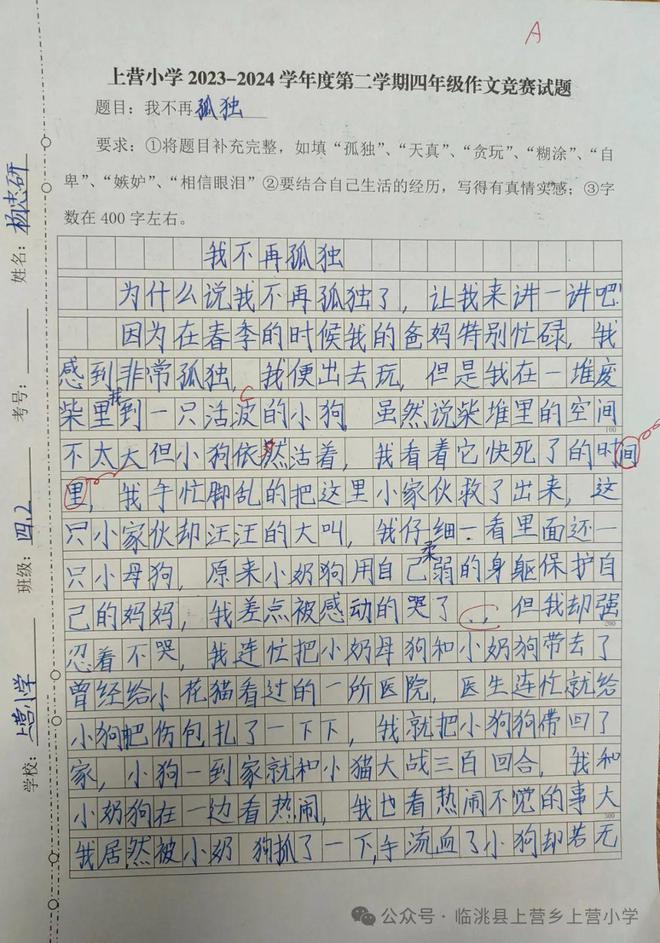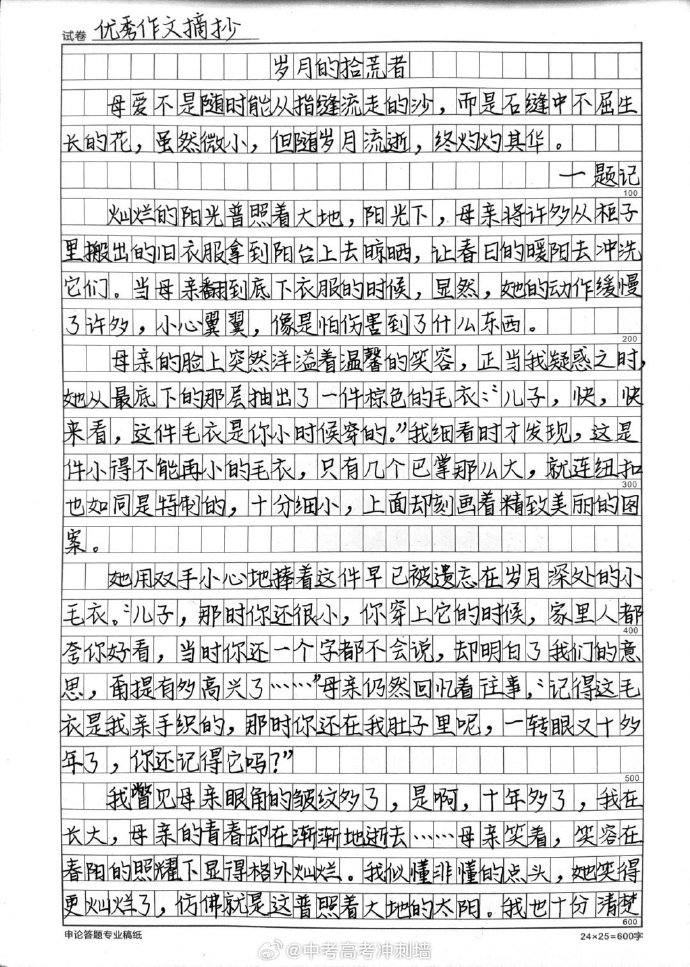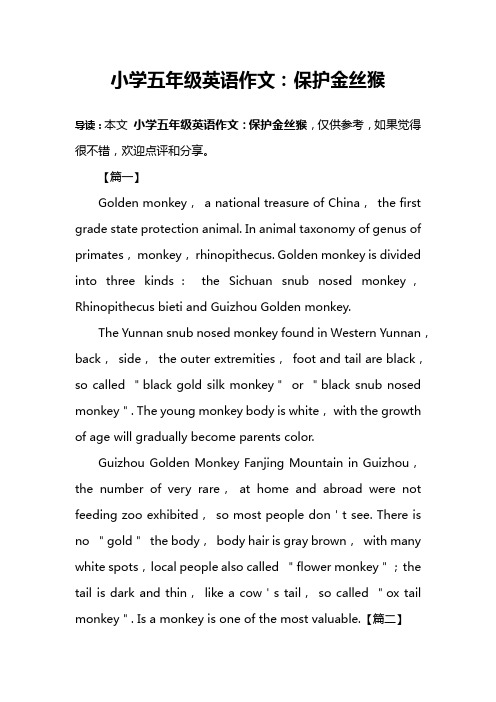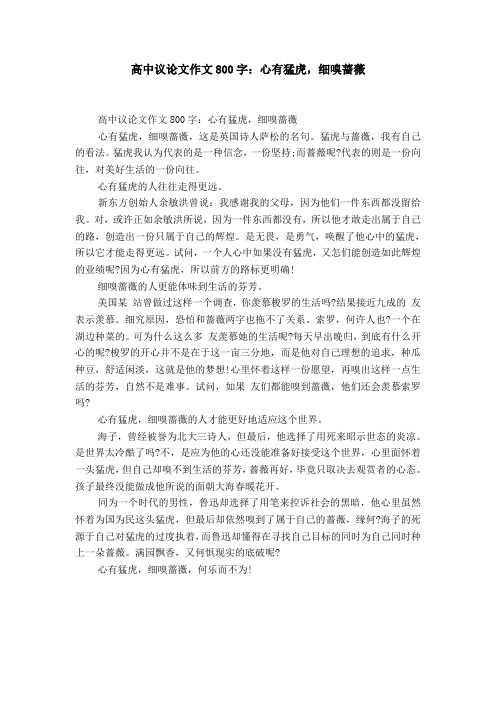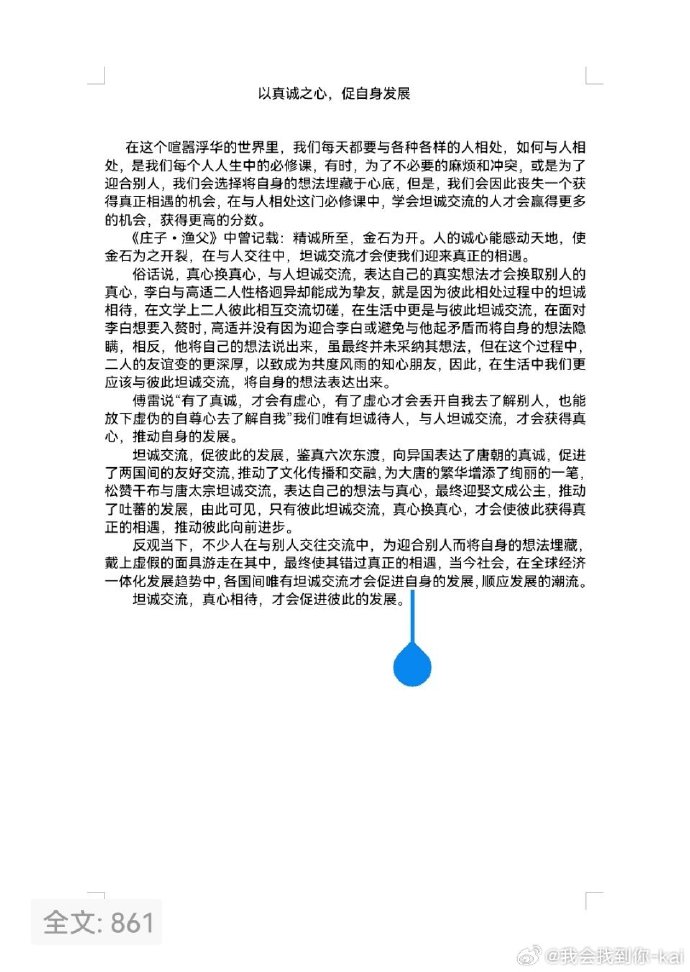The Growing Menace of Air Pollution: A Global Crisis
I. The Impact of Air Pollution on Human Health Air pollution has become a pressing issue worldwide, posing significant health risks to both the public and vulnerable populations. The primary culprits behind air pollution are industrial processes, vehicle emissions, and agricultural runoff, which release pollutants into the atmosphere. These pollutants, including particulate matter, nitrogen oxides, sulfur dioxide, and carbon monoxide, can penetrate deep into our lungs, causing various respiratory diseases such as asthma, chronic obstructive pulmonary disease (COPD), and lung cancer. Furthermore, exposure to airborne particles can lead to cardiovascular diseases, neurological disorders, and even premature death. In developing countries where access to clean water and sanitation systems is limited, the impact of air pollution is particularly devastating, as it exacerbates already existing conditions like malnutrition, diarrhea, and infectious diseases. I
I. The Economic Cost of Air Pollution Air pollution is also a major economic burden on society, with direct and indirect costs that far exceed those caused by traditional natural resource scarcities. According to the World Bank, between 2010 and 2030, the global cost of air pollution is estimated to reach $7 trillion per year. This figure includes not only medical expenses for the ill but also lost productivity due to premature deaths and reduced working capacity among the affected population. In addition, the cost of cleaning up from pollution-related incidents, such as wildfires and accidents involving heavy machinery, is substantial. Moreover, the damage to property values due to poor air quality, such as through the spread of pests or mold growth, can have long-term effects on the economy. II
I. The Environmental Impact of Air Pollution Beyond its human health and economic consequences, air pollution also poses significant threats to the environment itself. It contributes to climate change by trapping heat in the atmosphere, leading to a rise in global temperatures. The greenhouse effect caused by increased concentrations of greenhouse gases, such as carbon dioxide and methane, is one of the most significant drivers of climate change. Additionally, air pollution can lead to soil degradation, acidification, and nutrient depletion, which can negatively affect biodiversity and ecosystem resilience. Forests, wetlands, and coral reefs, among other habitats, are particularly vulnerable to air pollution due to their high reliance on clean water and air quality for survival. The loss of these ecosystems can have cascading effects on entire food chains and marine ecosystems, further contributing to a destabilized global food system and oceans.
IV.The Challenges Facing Global Action Against Air Pollution Addressing air pollution is a complex and multifaceted challenge that requires collective action at the global level. One major barrier is the lack of effective international policies and regulations. While the Paris Agreement aims to limit global warming to well below 2 degrees Celsius above pre-industrial levels and seeks to achieve this goal by 2050, the actual progress in implementing these measures remains uncertain. Moreover, there is often insufficient investment in research and development for cleaner technologies, making it challenging to develop solutions that can tackle the root causes of air pollution effectively. Another challenge is cultural resistance towards environmental protection measures, particularly in developing countries where economic growth is prioritized over environmental considerations. Finally, there is a need for greater transparency and accountability in decision-making processes regarding environmental policy, especially when it comes to the allocation of resources and the distribution of benefits and costs.
V.The Pathways to Addressing Air Pollution To effectively mitigate air pollution and protect our planet, several pathways must be pursued simultaneously. Firstly, governments around the world should implement and enforce stringent environmental regulations to reduce emissions from industries and vehicles. For instance, the European Union has introduced emission reduction targets for cars, while China has set ambitious goals for reducing airborne pollutants like sulfur dioxide. Secondly, investments must be made in research and development of innovative technologies for cleaner energy sources and waste management practices. Thirdly, public awareness campaigns and education about the importance of protecting our air should be expanded globally to foster a culture of responsibility and cooperation towards sustainable development. Additionally, local communities should be empowered to take action by engaging in community-based clean-up projects and advocating for policies that benefit their immediate surroundings. V
I. The Future of Air Pollution Management The future of air pollution management lies in a collaborative approach that harnesses the strengths of different sectors of society. Governments should collaborate with businesses, NGOs, and local communities to implement comprehensive plans that address both the short-term and long-term impacts of air pollution. For example, the Clean Air Act model proposed by the US Congress in 2016 provides a blueprint for national implementation of air quality standards, highlighting the importance of intergovernmental cooperation. Additionally, technology innovation plays a critical role in driving down emissions and improving air quality. Advances in solar power, electric vehicles, smart grids, and green building materials could fundamentally shift the way we produce and consume energy, reducing pollution at its source. Lastly, investing in research and education will ensure that new solutions are developed quickly and effectively, enabling us to adapt to changing environmental conditions and emerging challenges. VI
I. Conclusion The growing threat posed by air pollution to human health, economic prosperity, and the environment demands a concerted effort to address this global crisis. From stricter regulations to advanced technology and education initiatives, every aspect of our lives needs to be considered in the fight against air pollution. By working together, we can create a cleaner, healthier world for generations to come.
未经允许不得转载:» air pollution英语作文(Air pollution)

 佰一阅读网
佰一阅读网

